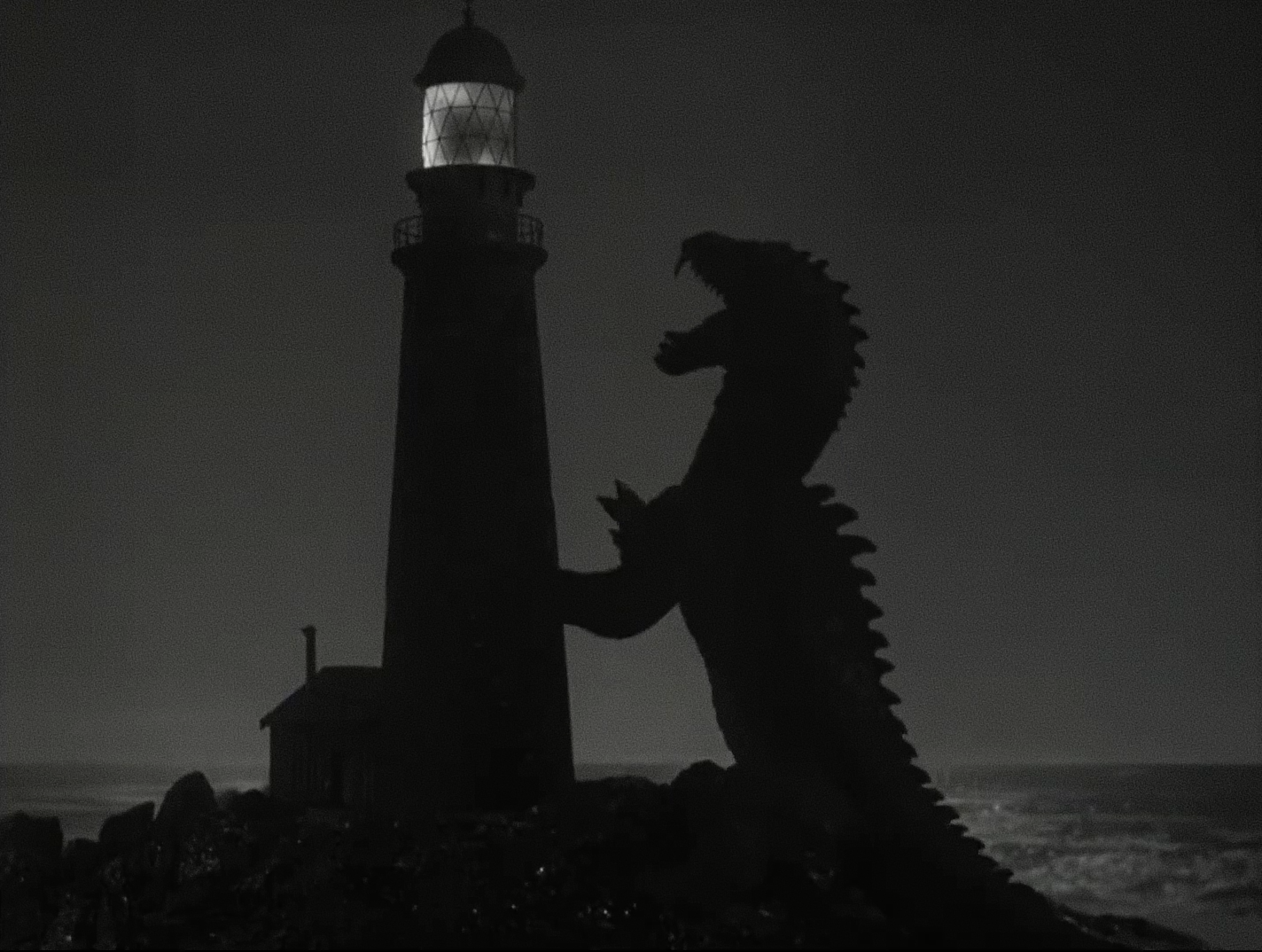|
Wide Release
In the American motion picture industry, a wide release (short for nationwide release) is a film playing at the same time at cinemas in most markets across the country. This is in contrast to the formerly common practice of a roadshow theatrical release in which a film opens at a few cinemas in key cities before circulating among cinemas around the country, or a limited release in which a film is booked at fewer cinemas (such as " art house" venues) in larger cities in anticipation of lesser commercial appeal. In some cases, a film that sells well in limited release will then "go wide". Since 1994, a wide release in the United States and Canada has been defined by Nielsen EDI as a film released in more than 600 theaters. The practice emerged as a successful marketing strategy in the 1970s, and became increasingly common in subsequent decades, in parallel with the expansion of the number of screens available at multiplex cinemas. With the switch to digital formats – lowering the ... [...More Info...] [...Related Items...] OR: [Wikipedia] [Google] [Baidu] |
Cinema Of The United States
The cinema of the United States, consisting mainly of major film studios (also known as Hollywood) along with some independent film, has had a large effect on the global film industry since the early 20th century. The dominant style of American cinema is classical Hollywood cinema, which developed from 1913 to 1969 and is still typical of most films made there to this day. While Frenchmen Auguste and Louis Lumière are generally credited with the birth of modern cinema, American cinema soon came to be a dominant force in the emerging industry. , it produced the third-largest number of films of any national cinema, after India and China, with more than 600 English-language films released on average every year. While the national cinemas of the United Kingdom, Canada, Australia, and New Zealand also produce films in the same language, they are not part of the Hollywood system. That said, Hollywood has also been considered a transnational cinema, and has produced multiple lan ... [...More Info...] [...Related Items...] OR: [Wikipedia] [Google] [Baidu] |
The Beast From 20,000 Fathoms
''The Beast from 20,000 Fathoms'' is a 1953 American science fiction monster film directed by Eugène Lourié, with special effects by Ray Harryhausen. The film stars Paul Christian, Paula Raymond, Cecil Kellaway, and Kenneth Tobey. The screenplay is based on Ray Bradbury's 1951 short story "The Fog Horn", specifically the scene where a lighthouse is destroyed by the title character. The film's story concerns a fictional dinosaur, the ''Rhedosaurus'', which is released from its frozen hibernating state by an atomic bomb test in the Arctic Circle. The beast begins to wreak a path of destruction as it travels southward, eventually arriving at its ancient spawning grounds, which includes New York City. ''The Beast from 20,000 Fathoms'' was one of the early atomic monster movies, and it helped inspire a generation of creature features and directly inspired ''Godzilla''.Jones 1995, p. 42.Hood, Robert"A Potted History of Godzilla." ''roberthood.net''. Retrieved: January 30, 2015. ... [...More Info...] [...Related Items...] OR: [Wikipedia] [Google] [Baidu] |
